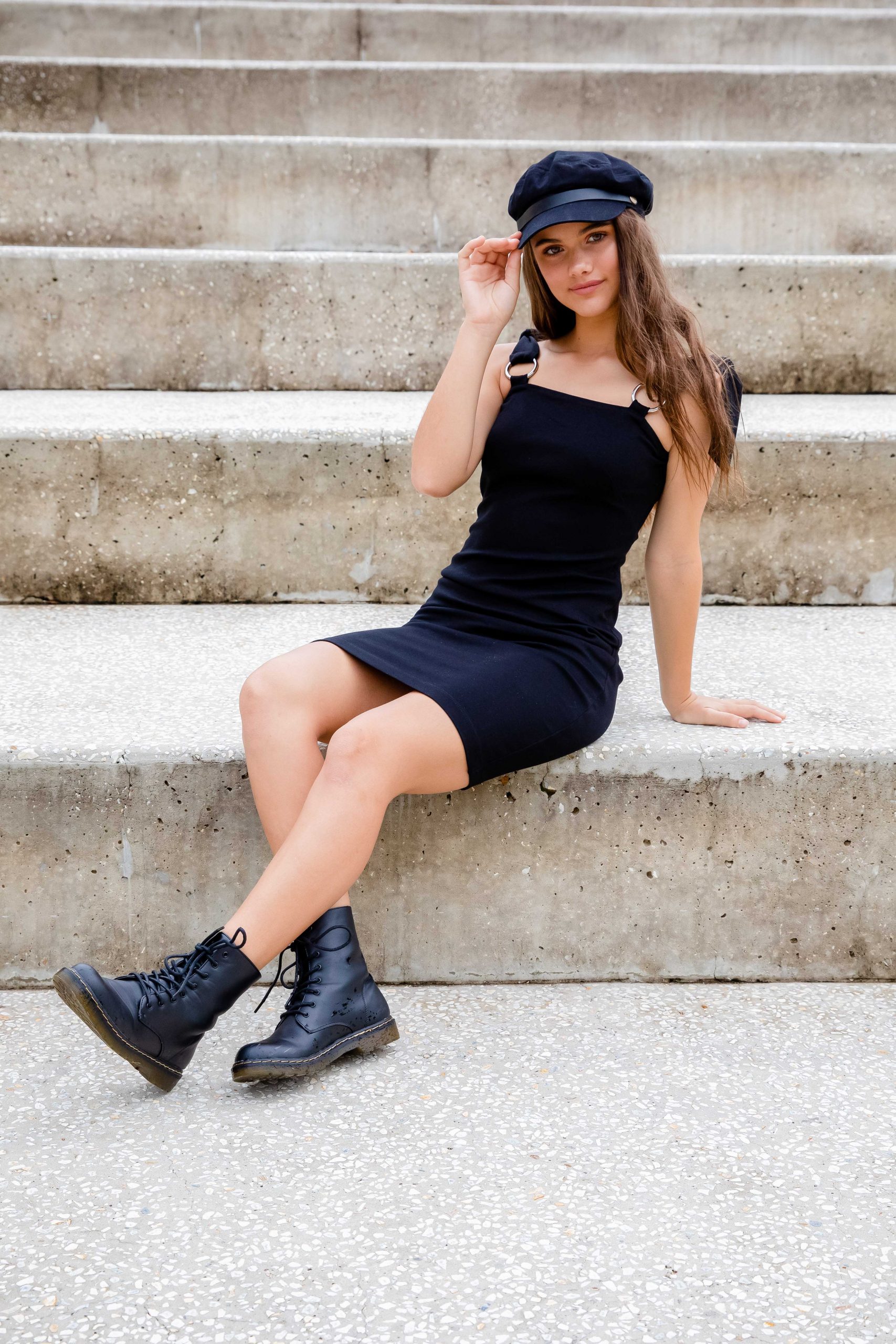The Beginner's Overview to Product Photography
If a image deserves a thousand words, a sensational product photo is worth a thousand site gos to. Although I do not have data to support that declaration (yet), product photography can be incredibly useful to your ecommerce web site technique.
To reach your target market participants who choose buying online, you likewise require to provide your target market clear, attractive pictures of your products.
However product photography isn't as simple as pointing as well as shooting. Also the most standard products need the right tools, lighting, as well as space to create gorgeous images that sell customers right from the purchase page.
6 Product Photography Tips (and Instances) for Taking Pictures That Offer
Below are the suggestions, examples, and supplies you'll require to successfully photograph and also market your items in a way that makes your visitors and potential customers intend to transform.
1. Do not hesitate to utilize your smart device's video camera.
This is the part where I'm meant to persuade you to buy a premium, 50-megapixel (MP) video camera with a 100-millimeter screw-on lens. However I'm not Photo Shoot Director going to do that.
If you currently possess a video camera that fits this description, benefit from it. But for many types of products, it's completely appropriate to shoot product photos on a mobile phone.
More recent smart devices boast powerful cam lenses and also setups that enable you to enhance your shots for the various sorts of light and also settings you may shoot in.
If you require more persuading, just have a look at Apple's Shot On An apple iphone project as well as the images that have arised from it for many years such as this one:
2. Shoot from a tripod for photo uniformity.
Prior to explaining tripods, I'm obligated to begin with a primary regulation: Don't prop your phone versus something tough to aim your lens towards the topic.
It's just also simple for this makeshift configuration to move around during the shoot as well as cause variances in your images' appearance. If you relax your cam on, say, a pile of publications, simply make sure this arrangement does not alter over the course of the shoot.
There's no injury in holding your camera yourself when shooting just a few product images for your ecommerce web site. But as your business expands, and you take much more pictures of even more items, it can be tough to standardize the product's positioning in each photo when firing handheld.
To ensure consistency throughout your items, you'll require a tripod. And fortunately, buying one isn't constantly the huge, industrial-sized financial investment it utilized to be.
Here are two types of tripods to think about.
Conventional vs. Versatile
This is a custom tripod-- there are standard tripods offered for both cameras and also mobile phones.
A versatile tripod can be manipulated in a variety of means. You can bend its legs and place it on various surface areas to obtain the angle you require.
Mobile Grip
There's frequently a screw on the top of your tripod which attaches to your cam to hold it in place. The underside of a lot of professional-grade video cameras has a screw opening just for this objective, however smartphones can use the following adapter:
The adapter grasps the sides of your mobile phone as well as can screw into either type of tripod, permitting you to operate the cam manages with the phone display encountering outward as well as towards you.
When you establish which install you'll require, establish it up in front of your product, and also take into consideration putting 3 items of tape on the ground to mark where you wish to keep each leg of your tripod throughout the shoot.
3. Choose natural light or fabricated light.

A solitary lights arrangement could not work for every product-- a lights plan that benefits some items may deteriorate the appearance of others.
There are two sorts of light you can select as your primary source of light: natural and synthetic light.
Natural Light
All-natural light refers to sunshine-- simple as that. It's likewise called "soft light" since the sunlight casts a bigger, softer variety of light than, state, a lamp radiating straight on the product. Ecommerce product shots grow in natural light if:
The product is shot outside or suggested to be used outside.
The product is used by, endured, or shot with a person (people have a tendency to look much better in natural light).You're trying to stress the product's environments, as opposed to specific characteristics of the product.
Here's an example of a shot utilizing all-natural light:
Fabricated Light
Artificial light consists of candle lights, fire, and also a lot more typically, light bulbs. It's additionally referred to as " tough light" due to the fact that it produces a smaller yet a lot more concentrated light surface area. This kind of light caters to items with physical information that need to be highlighted to impress an on-line consumer.
As a general regulation, stick to simply one type of light per photo-- natural or artificial. Adding all-natural light to an unnaturally lit photo can soften a product that's indicated to festinate, as well as adding synthetic light to a naturally lit photo can develop a product that's suggested to look soft. You do not wish to enter your own method.
4. Fill or bounce your light to soften darkness.
Whether you utilize all-natural light or synthetic light, you'll need to reduce the darkness that any possible hard light casts on the contrary end of a product.
There are 3 methods to do this:
Fill up Light
Include an additional, less-intense source of light to supplement your primary light. This additional light is called your fill light and also is used as a counterbalance to soften the natural darkness your primary light ad campaign photography produces behind an things.
To do this, place your fill light contrary your main light so your product rests in between both source of lights.
Flashbulb Bounce Card
A bounce card, or reflector card, is a tiny card that " mirrors" or "bounces" the primary light back onto the surface area below your product to minimize darkness.
Some bounce cards affix to the flashbulb of a professional video camera lens to diffuse the light from the video camera's flash. This card splashes a softer light onto the subject from above your set-- rather than straight at it-- so you don't have long darkness trail behind the object you're shooting.
Standalone Bounce Card
If you're firing from a smartphone, a flashbulb bounce card isn't an option, given that you do not have a physical flash you can affix it to. Instead, make your very own standalone bounce card positioned opposite your main light source.
For novices to product photography, this bounce card can properly change your fill light, which counters the tough light from the camera flash or lamp that's dealing with toward the front of your product.
5. Utilize a sweep or portrait setting to stress the product.
There isn't one best way to place your product, lights, and also bounce cards-- they can transform substantially relying on your background. However don't choose a background based upon what's simplest to develop. Backgrounds should look like just how you want your purchasers to view your product when watching it online.
Take into consideration first whether you 'd like a white history or a extra dynamic, real-world background. There's an easy way to achieve each one.

White Background: Move
For white backgrounds, it's not as simple as establishing a table versus white drywall. Also smartphone cameras can get little blemishes on a white wall that you would not observe with the nude eye. To catch a excellent white history without any corners or imperfections, utilize a sweep.

A move is a huge flexible sheet of paper, whose lower work as the surface area below your product and after that curves up right into a white wall surface behind the product.
On video camera, the move's contour is invisible, stressing key product information and enabling the thing to possess all of a website visitor's interest.
Real-World History: Portrait Mode
Dynamic, real-world histories are very appealing when shooting items that have a particular usage or are being modeled by a person-- as you saw aware of the brief-case earlier in this overview.
But, it's easy for a real-world history to take the emphasis of the photo, making it vague which product in the photo you're in fact marketing.
Provide your product deepness and emphasis with picture mode, a picture setting on most expert electronic cameras, and additionally available on lots of new mobile phones. This setup blurs the background so the context of the product is clear however not contending against the product itself.
Below is a very amazing photo of a HubSpot pen absorbed portrait mode on a Google Pixel 2 (I took this picture myself). You can inform the pen rests on a desk with a computer system behind it, but the pen is still the focal point for visitors:
6. Shoot a variety of pictures.
My last ecommerce photography pointer to you is to not quit at one photo per product. Equally as your customers look, hold, use, and even try out product in a shop, your web site needs to fire a variety of pictures to replicate this very experience.
If you're shooting clothes, for instance, catch the garment of garments alone-- that is, expanded on a white surface-- as well as on a mannequin whose shade contrasts the shade of the product.
After that, for extra photos, have the clothing modeled on a person, enabling you to take pictures of the product from the individual's various poses and also angles.
Product Photography Set-Up
Next off, allow's summarize what we simply received-- here's a checklist of quick product photography set-up suggestions that you can describe as well as share on your group:
• Pick a electronic camera-- whether or not that indicates utilizing your smartphone.
• Obtain a tripod that works for your video camera of selection.• Select natural or synthetic lights-- think about which option is best for your product and also setting.
• Determine whether you'll fill up or bounce light.• Select sweep or picture setting.
• Take numerous various photos to supply your viewers range.
Start With Your Product Photography
Do not feel obligated to purchase every idea and also tool at the same time. Use these product photography suggestions slowly to see what makes your shop look the most presentable, and also transform your strategy as your photography chops improve.